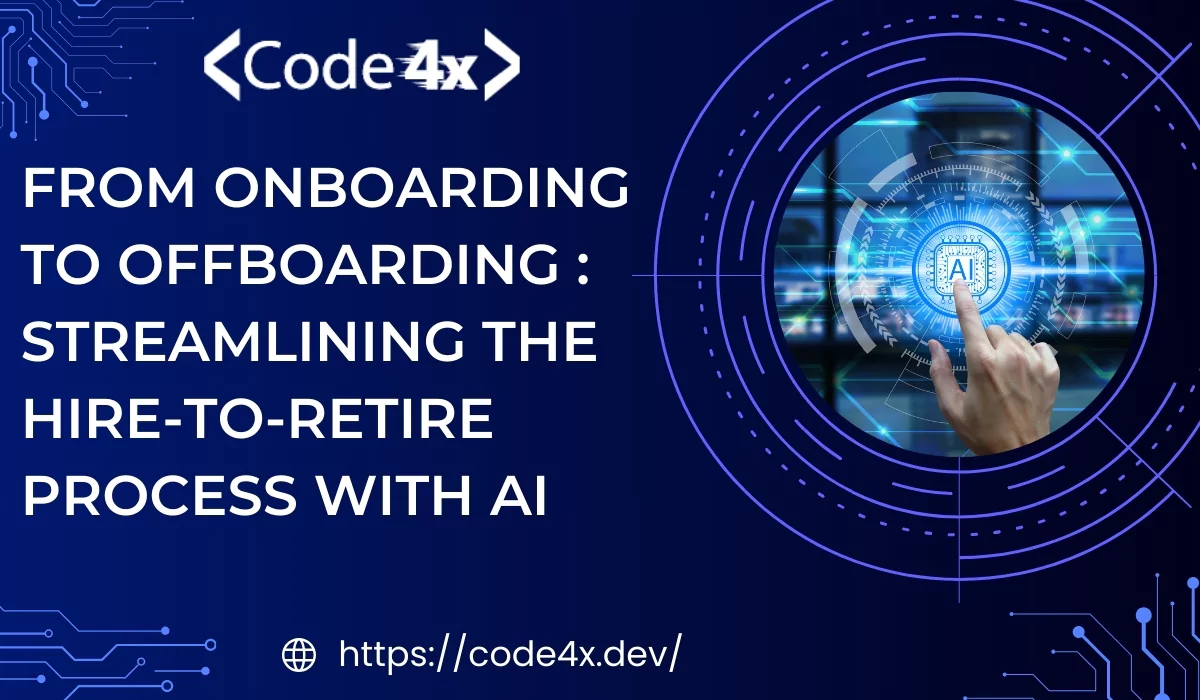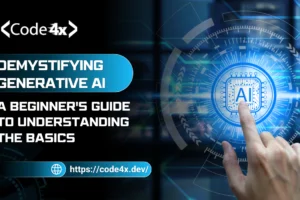
The Marketing Revolution: How Sarah Turned Her Struggling Campaign into a $2M Revenue Machine with AI Automation
- Categories Blog
- Date August 18, 2025
Sarah Martinez stared at her computer screen in disbelief Marketing Revolution. Her email open rates had plummeted to 8%, lead quality was at an all-time low, and her marketing team was drowning in manual tasks. As the CMO of a mid-sized SaaS company, she knew something had to change—fast. Six months later, Sarah’s team was celebrating a 340% increase in qualified leads and $2 million in attributed revenue. The secret? They didn’t hire more people or increase their budget. Instead, they embraced AI-driven marketing automation.
Sarah’s transformation isn’t unique. Across industries, forward-thinking marketers are discovering that artificial intelligence isn’t just a buzzword—it’s the competitive advantage that separates market leaders from those left behind.
The AI Marketing Revolution is Here
The marketing landscape has fundamentally shifted. Traditional spray-and-pray approaches are dead, replaced by precision-targeted, data-driven strategies powered by artificial intelligence. According to recent studies, companies using AI for marketing see 37% higher conversion rates and 52% faster revenue growth.
But here’s the challenge: most marketers are still stuck in the old paradigm, manually segmenting audiences and creating one-size-fits-all campaigns. Meanwhile, their AI-powered competitors are delivering hyper-personalized experiences at scale.
The Power of Generative AI in Marketing Automation
1. RAG-Powered Content Intelligence
Retrieval-Augmented Generation (RAG) is revolutionizing how marketers create and manage content. Unlike traditional AI that works from a fixed dataset, RAG systems can access your entire knowledge base in real-time.
Real-World Application: A B2B software company implemented a RAG system that pulls from their product documentation, customer success stories, and industry reports to automatically generate personalized email sequences for different buyer personas. Result? 67% higher engagement rates.
Best Practice: Feed your RAG system with high-quality, diverse data sources including customer testimonials, product specs, competitor analysis, and industry trends. The richer your data, the more intelligent your automated content becomes.
2. AI Agents: Your 24/7 Marketing Team
AI agents are autonomous systems that can execute complex marketing workflows without human intervention. Think of them as digital employees who never sleep, never take breaks, and consistently deliver results.
Practical Example: An e-commerce retailer deployed AI agents that monitor customer behavior, identify abandonment patterns, and automatically trigger personalized re-engagement sequences. These agents analyze browsing history, purchase patterns, and demographic data to craft tailored messages that convert 23% better than generic campaigns.
Implementation Framework:
- Lead Qualification Agent: Scores and routes leads based on behavioral data and firmographic information
- Content Distribution Agent: Automatically publishes and promotes content across multiple channels
- Performance Optimization Agent: Continuously A/B tests campaigns and adjusts parameters for maximum ROI
3. Intelligent Chatbots That Actually Convert
Modern AI chatbots have evolved far beyond simple FAQ responses. Today’s conversational AI can handle complex sales conversations, qualify prospects, and guide customers through the entire buyer’s journey.
Success Story: A financial services firm saw their chatbot-to-customer conversion rate jump 89% after implementing a GPT-powered system that understands context, remembers conversation history, and personalizes responses based on user profiles.
Key Features to Implement:
- Natural language processing that understands intent, not just keywords
- Integration with CRM systems for seamless lead handoffs
- Multi-language support for global campaigns
- Voice integration for hands-free interactions
Advanced AI Applications Driving Results
Vision AI: The Game-Changer for Visual Marketing
Computer vision technology is unlocking new possibilities for marketers. From analyzing social media images to creating dynamic visual content, vision AI is transforming how brands connect with audiences.
Innovative Use Case: A fashion retailer uses vision AI to analyze customer-uploaded photos and automatically recommend complementary products. This visual search feature increased average order value by 43% and reduced return rates by 31%.
Voice AI: Optimizing for the Audio-First Future
With the rise of smart speakers and voice search, marketers need strategies optimized for audio interactions. Voice AI enables brands to create conversational experiences that feel natural and engaging.
Strategic Implementation: A meal kit delivery service developed a voice-activated ordering system that learns customer preferences and suggests personalized meal plans. The result? 28% higher customer lifetime value and 19% improved retention rates.
Predictive Analytics: Marketing Crystal Ball
AI-powered analytics don’t just tell you what happened—they predict what will happen next. This foresight enables marketers to make proactive decisions and stay ahead of market trends.
Data-Driven Success: A subscription software company uses predictive models to identify customers at risk of churning 90 days before traditional metrics would flag them. This early warning system enables targeted retention campaigns that save 34% of at-risk accounts.
Customer Segmentation Reimagined
Traditional demographic segmentation is giving way to behavioral and psychographic AI models that create incredibly precise audience segments.
Dynamic Micro-Segmentation
Instead of static segments, AI creates fluid micro-segments that evolve based on real-time behavior. A single customer might move between segments as their needs and circumstances change.
Best Practice Framework:
- Behavioral Triggers: Track actions like page visits, download patterns, and engagement metrics
- Psychographic Analysis: Use AI to analyze content consumption and infer personality traits
- Predictive Scoring: Assign probability scores for conversion, churn, and lifetime value
- Real-Time Adaptation: Automatically adjust messaging and offers based on segment changes
Lead Qualification Evolution
The BANT 2.0 Framework
Traditional BANT (Budget, Authority, Need, Timeline) criteria are evolving into AI-powered qualification models that consider dozens of data points:
- Digital Body Language: How prospects interact with your content
- Technographic Data: Technology stack and implementation patterns
- Intent Signals: Search behavior and content consumption patterns
- Social Listening: Mentions, engagement, and network analysis
Implementation Result: A enterprise software company increased sales team productivity by 156% after implementing AI lead scoring that considers 47 different qualification factors.
Building Your AI Marketing Stack
Essential Components
- Data Infrastructure: Clean, integrated data from all touchpoints
- AI Platform: Scalable machine learning capabilities
- Automation Engine: Workflow management and execution
- Analytics Dashboard: Real-time performance monitoring
- Integration Layer: Seamless connection between tools
ROI Optimization Strategies
Start Small, Scale Fast: Begin with one high-impact use case and expand systematically. Most successful implementations start with email personalization or chatbot deployment.
Measure Everything: Track not just traditional metrics but AI-specific KPIs like model accuracy, automation efficiency, and personalization effectiveness.
Continuous Learning: AI systems improve with data. The more you use them, the better they become.
The Future is Now
The marketers who embrace AI automation today will dominate tomorrow’s landscape. Like Sarah, they’ll transform struggling campaigns into revenue-generating machines while their competitors wonder what happened.
The question isn’t whether AI will revolutionize marketing—it already has. The question is: will you be leading the revolution or watching from the sidelines?
At Code4X.dev, we’ve helped hundreds of companies implement AI-driven marketing automation that delivers measurable results. Our clients typically see 3-5x improvements in key metrics within the first 90 days.
The future of marketing is automated, intelligent, and incredibly powerful. Are you ready to unlock its potential?
Previous post
Demystifying Generative AI: A Beginner's Guide to Understanding the Basics
Next post



